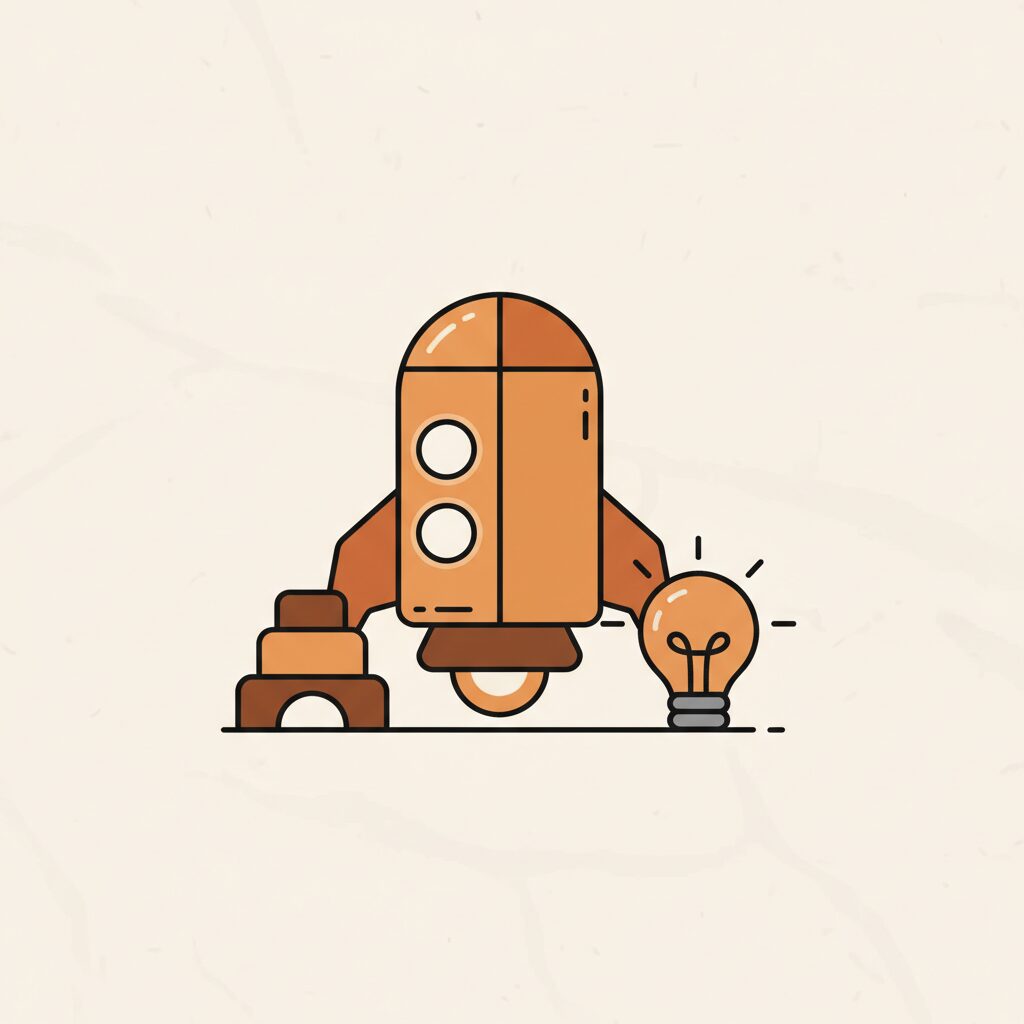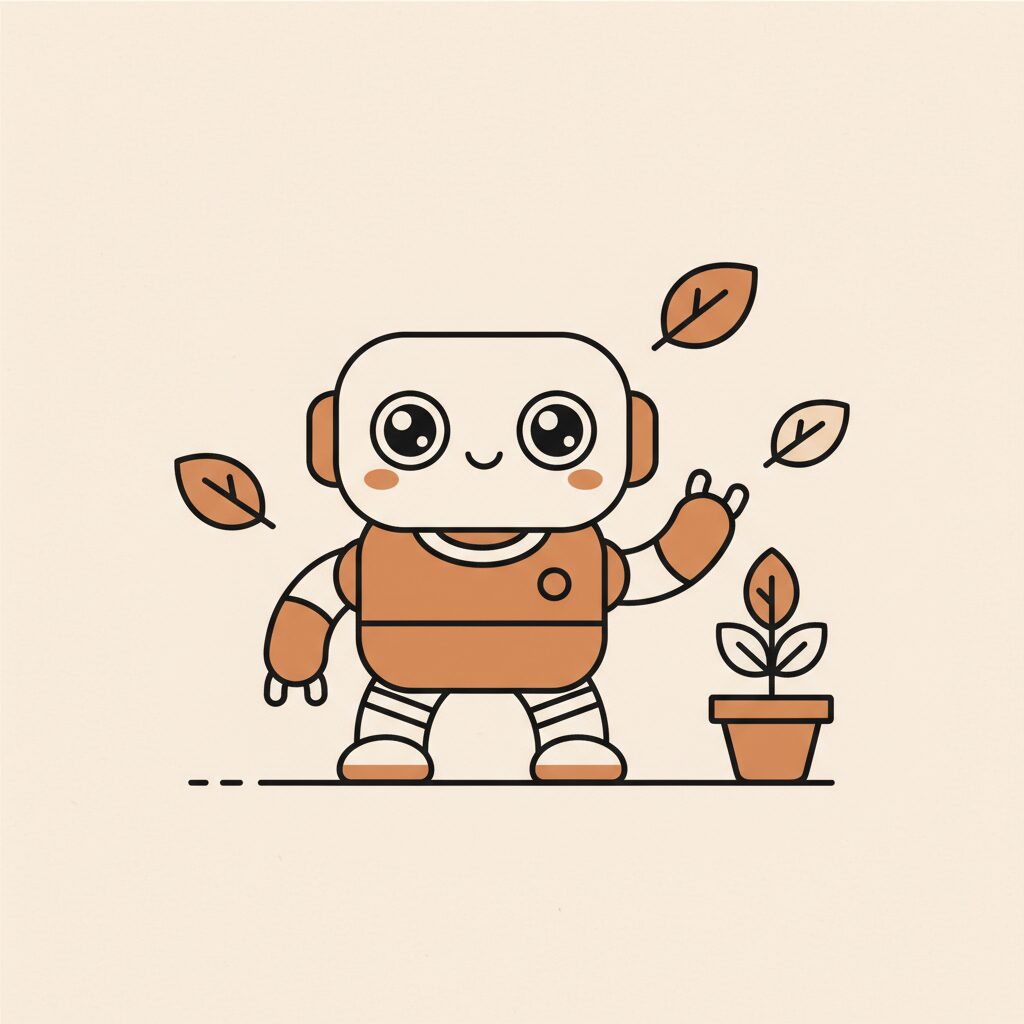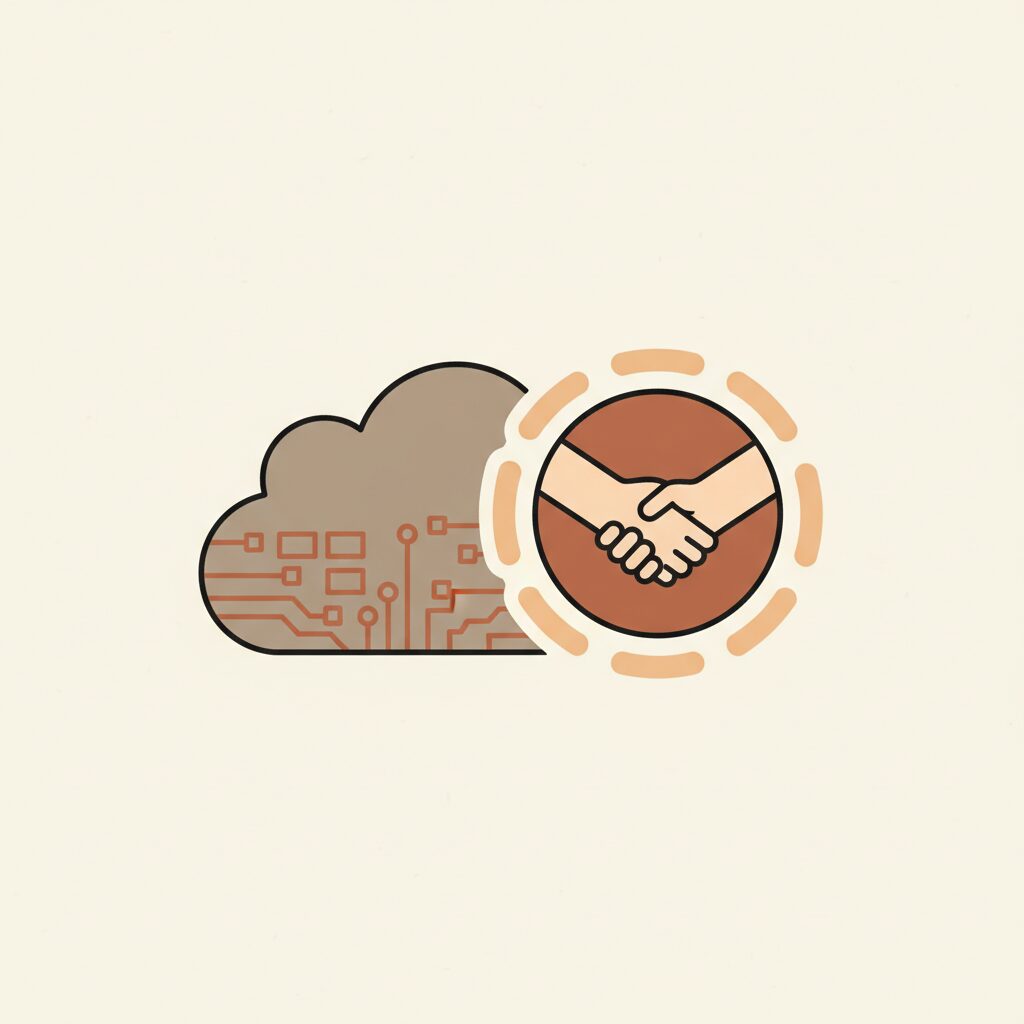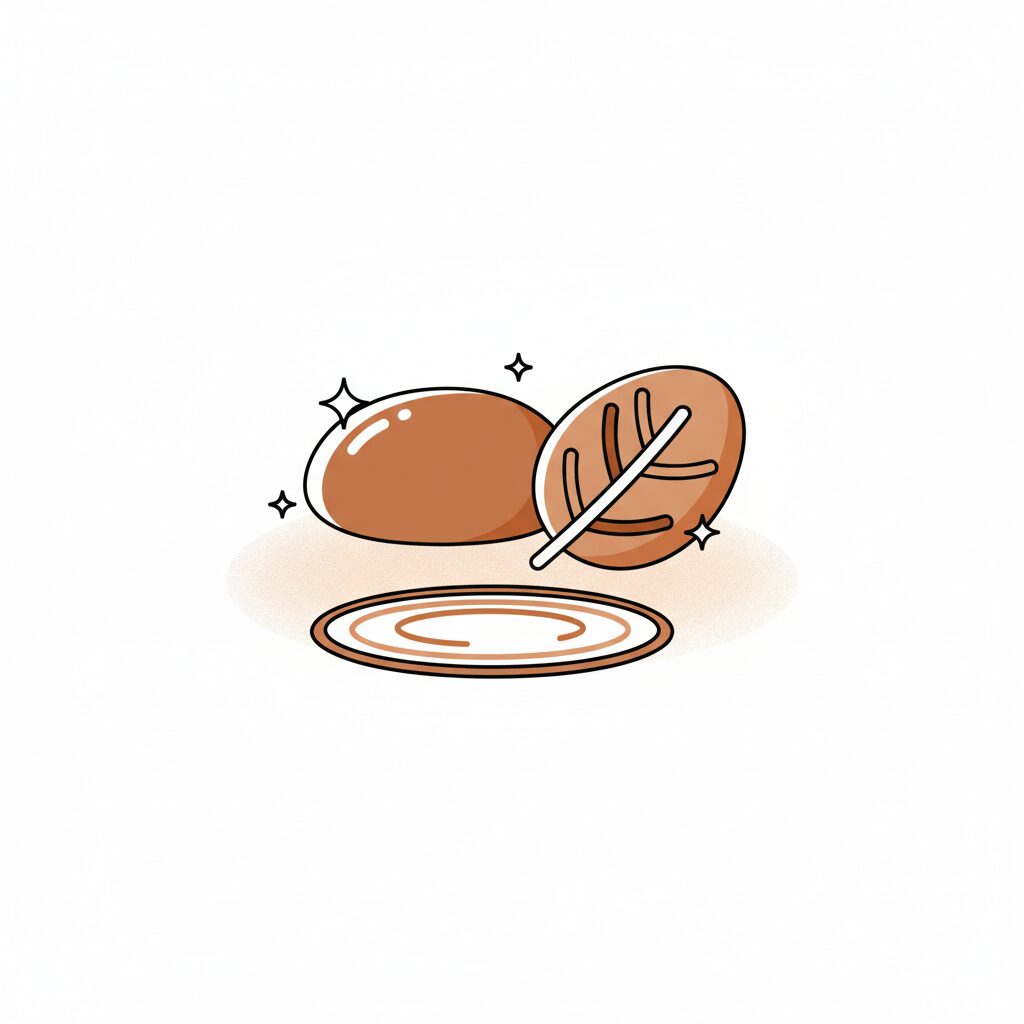
Intro
Picture this: Your child building a cardboard spaceship, giggling as they ‘pilot’ it across the living room. Now imagine Jensen Huang declaring ‘Robotics is here. Physical AI is here’ at COMPUTEX—not science fiction, but reality. As parents, we’re not investors weighing stock charts; we’re guardians of wonder. Just last week, my daughter transformed a cardboard box into a spaceship control panel, complete with bottle cap buttons and yarn antenna—reminding me that imagination fuels innovation. Huang’s transformation of Nvidia from gaming chips to AI leadership reveals something profound: the spark behind world-changing tech mirrors the spark we nurture when we let kids play dirt-in-the-fingers. Many cultures, including my own heritage, view childhood as a precious time for exploration before academic structures take over. Let’s explore how.
Can Sandbox Play Spark AI Brilliance?

Huang credits generative AI for ‘reshaping industries and opening new opportunities for innovation and growth.’ But here’s the twist: the same spirit driving billion-dollar breakthroughs lives in your child’s block tower. Remember when they stacked cubes only to laugh as it toppled? That’s trial-and-error resilience—the very engine powering AI’s leap from arcade games to robotics. Huang’s journey reminds us: world-changing AI grew from playful curiosity, not pressure-cooker demands. As he put it at COMPUTEX, ‘Today, we’re at the cusp of a major shift in computing.’ For us? It’s permission to prioritize unstructured play—where ‘failed’ experiments spark tomorrow’s genius. Try this week: Swap one ‘educational app’ for ‘invention hour.’ Provide tape, twigs, or recycled boxes. Watch how ‘What if this flew?’ births physics lessons disguised as fun.
That’s the secret no chip can replicate: human curiosity thrives when it’s messy, self-driven, and joyful. Huang didn’t build an AI juggernaut by forcing play—he honored its pulse. Our kids deserve that same freedom. Building on that connection between play and innovation, let’s explore how technology might actually enhance—rather than replace—childhood wonder.
How Might Robots Nurture Childhood Wonder?

‘Robotics is here’ may sound daunting—like homework requiring robot-building by third grade. But Huang’s vision for physical AI (like Taiwan’s real-world factory bots) actually liberates us. Just as these tools handle repetitive tasks, we can use technology to reclaim time for what matters: eye contact, shared giggles, and ‘remember when?’ stories. Imagine your child saying, ‘What if robots could plant gardens with us?’ That’s not about coding—it’s about empathy in action. The best AI tools, Huang suggests, amplify human connection rather than replace it.
It’s natural to worry about screen time and future job markets—many parents share these concerns. But what if we viewed technology not as a threat, but as a tool that can enhance our connections? Here’s the gentle pivot: Blend ‘tech talk’ with imagination. After Huang’s quote, ask, ‘How would YOU want a robot to help our family?’ Listen without judgment. Their answer (‘It should find lost socks!’ or ‘Hug us when we’re sad’) reveals values tech can’t manufacture.
This isn’t prep for robotics class—it’s nurturing the heart behind innovation. Because no AI can replicate the warmth in a child’s voice saying, ‘Let’s try again.’ And isn’t that resilience we want to cultivate in our kids, balancing our cultural emphasis on education with the freedom to explore?
Why Is Presence Our Ultimate AI Counterbalance?

Huang envisions data centers as ‘AI factories’ generating intelligence. But for parents, the real revolution isn’t in warehouses—it’s at dinner tables. When tech automates tasks (scheduling, reminders, even basic research), what do we gain? Moments. The space between ‘I did my homework’ and ‘Can we play?’ becomes fertile ground for connection. Huang calls AI ‘the automation of automation,’ where software writes software. Yet the most vital intelligence—emotional resilience, critical thinking, kindness—grows in unplugged exchanges. Just as Korean culture values community and respect, our family tech discussions always consider how digital interactions affect our connections with others.
Let’s steal Huang’s optimism for daily life: Identify one ‘tedious task’ technology could handle (meal planning apps, calendar alerts). Reclaim that time for ‘dirt-under-fingernails’ moments.
Bake together, trace cloud shapes on gray afternoons, or debate whether squirrels have secret meetings. When your child chooses to put down the tablet to examine a ladybug crawling on the pavement, you’re witnessing something priceless—their innate curiosity flourishing in that unplugged moment. These unscripted pauses aren’t ‘lost time’—they’re where kids learn to navigate life’s glitches with grace. Because no algorithm detects when a hug is needed most.
Is Unplugged Play Your Child’s Secret Superpower?

Huang’s Blackwell processors promise blistering speed, but kids thrive on slowness. Boredom in the park? Raindrops racing down windows? That’s where AI-driven wonder sparks. Research shows unstructured outdoor time boosts creativity by 20%—a metric no chip can match. Huang foresees AI infusing every industry. Yet the skills that will future-proof our children? Curiosity, adaptability, and the courage to say ‘I don’t know.’
So here’s the dare: One afternoon this week, declare ‘No-Tech Treasure Hunt.’ Hunt for ‘the sparkliest rock,’ ‘a leaf that looks like a dinosaur,’ or ‘three shades of green.’ No photos, no apps—just observation and stories.
When a child notices dew on spiderwebs or debates why puddles disappear, they’re practicing the scientific method without knowing it. That’s the resilience Huang’s AI era demands: not robot precision, but human patience to learn from ‘oops’ moments. Because the best innovation stories begin with ‘Let’s see what happens if…’—not ‘Download app.’ Can we really prepare our kids for tomorrow by letting them be… children today? Huang’s AI revolution says yes—because wonder isn’t a bug in the system, it’s the feature that changes everything.
